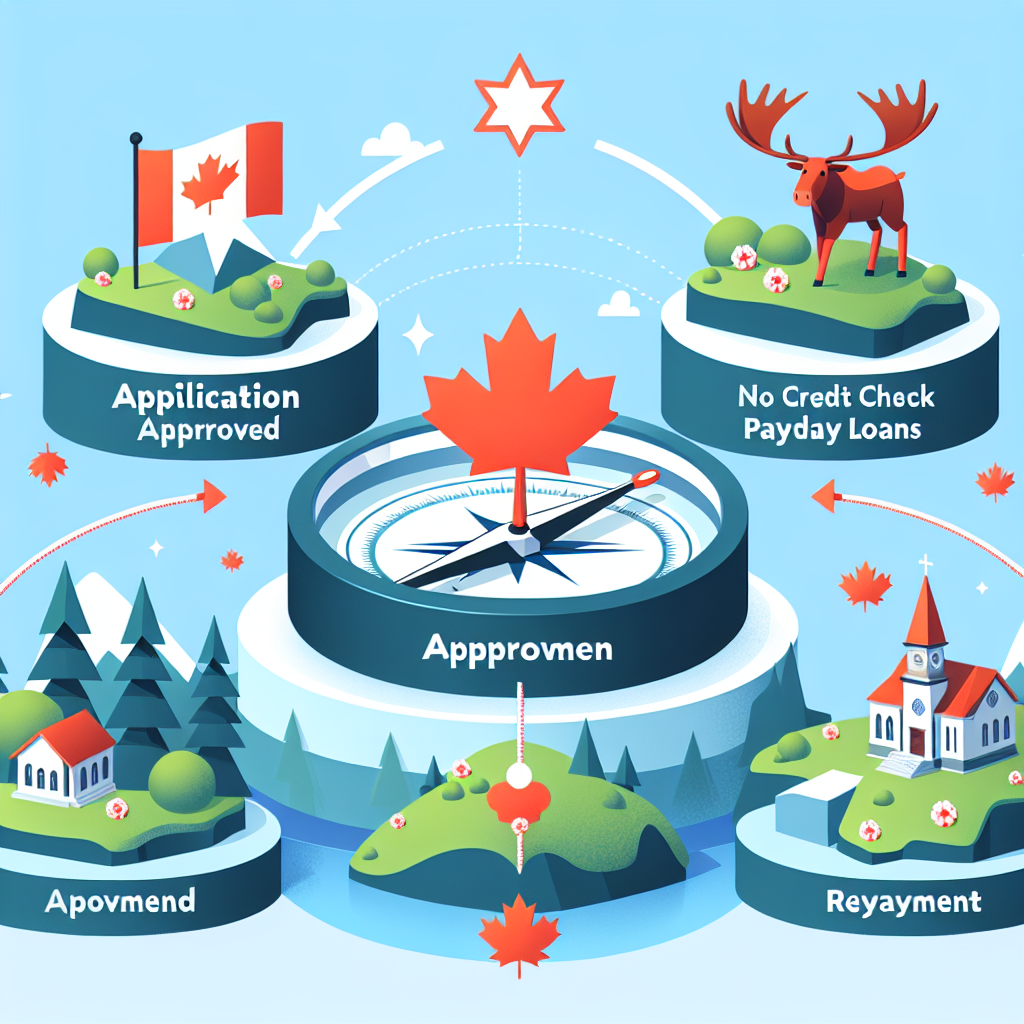===INTRO:===
Navigating international student loans can often feel like an overwhelming maze, especially for Canadian students aspiring to study abroad. With the rising costs of education and living expenses, many students find themselves grappling with financial strain, anxiety, and uncertainty. The intricacies of different loan systems can leave even the most diligent students feeling lost and frustrated. However, understanding the landscape and cultivating a strategic approach can transform this daunting journey into a manageable experience. This guide aims to illuminate the path, offering insights and tactics that can empower you to achieve financial success while pursuing your academic dreams in a foreign country.
Understanding the Landscape of International Student Loans
International student loans are a unique financial instrument designed specifically for non-residents seeking education opportunities abroad. For Canadian students, understanding the various options available is crucial. Unlike domestic student loans, international options often come with higher interest rates and stricter requirements. Institutions like banks, credit unions, and private lenders offer these loans, but students must navigate a web of eligibility criteria, documentation, and repayment options. The mission is to find a loan that aligns with your financial situation and future goals, and this requires thorough research and preparation.
Many students underestimate the importance of their credit history in securing international loans. A strong credit score can significantly affect the terms of your loan, including the interest rate and repayment timeline. Canadian students should also consider co-signers, especially if they are applying for loans in a foreign country where they may not yet have established credit. Having a reputable co-signer can improve your chances of approval and could lead to more favorable loan conditions. Additionally, understanding currency fluctuations and potential fees associated with international transfers can shed light on the true cost of borrowing.
Importantly, students should be aware of the loan repayment structures that vary widely across countries. Some countries allow for a grace period, while others require immediate repayment. The time frame and conditions of repayment can have a lasting impact on your financial stability after graduation. Recognizing these differences will empower students to make informed decisions that align with their career prospects and personal circumstances, ensuring they’re not left in a precarious financial position post-studies.
A Canadian Student’s Guide to Financial Success Abroad
Embarking on your educational journey abroad as a Canadian student requires meticulous financial planning. A comprehensive budget is your best ally; it should encompass tuition fees, living expenses, insurance, and even hidden costs like textbooks and travel. Websites and forums dedicated to international students can provide invaluable insights into the average costs associated with various cities and programs. Engaging in these platforms can uncover real-life experiences of previous students and help you set realistic financial expectations.
One often-overlooked resource is the possibility of scholarships and grants specifically for Canadian students studying abroad. These financial aids can substantially reduce the need for loans, alleviating future repayment stress. Institutions and organizations often sponsor scholarships based on academic merit, financial need, or even specific fields of study, and they are not always widely advertised. Taking the time to explore these options can unveil funding opportunities that might seem hidden at first glance, ultimately allowing for a more cost-effective educational experience.
Finally, consider incorporating innovative saving strategies into your financial plan. Many students underestimate their potential for part-time work while studying abroad. Countries often have regulations allowing international students to work a set number of hours per week. This not only helps to cover living expenses but also provides invaluable experience in the local job market. Furthermore, leveraging technology through budgeting apps can streamline the process of tracking expenses and saving effectively. These strategies not only enhance financial literacy but also empower students to take control of their financial futures while studying internationally.
===OUTRO:===
Navigating international student loans may seem daunting, but with the right knowledge and techniques, Canadian students can successfully conquer the financial landscape of studying abroad. By arming yourself with the right information, you’ll be well-equipped to make informed decisions that align with your academic aspirations. Explore funding opportunities, embrace budgeting tools, and don’t hesitate to seek advice from peers and mentors. Your dream of studying abroad is within reach—take the necessary steps today to pave the way for your future success!
Navigating Payday Loans in Canada: A Bad Credit DilemmaExploring Alberta’s Online Payday Loan Landscape: Risks and RealitiesNavigating the Payday Loan Landscape in Victoria, BCRelevant LinkRelevant LinkRelevant Link



